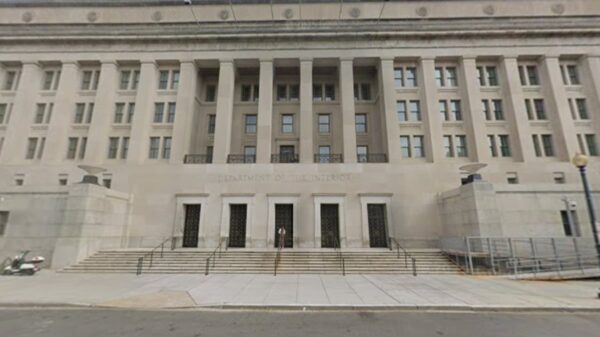Recent discussions surrounding immigration have reignited interest in the historical processes that governed entry into the United States, particularly during the era of Ellis Island. In a recent commentary, historian Victor David Hanson highlighted the stark contrasts between past and present immigration practices. His reflections resonate with many, including families like those of Italian immigrants who made their way to America in search of a better life.
For many immigrants in the early 20th century, the journey to the United States was fraught with challenges. They arrived on steamships, navigating the difficult passage to Ellis Island where they faced rigorous examinations. Immigrants were required to prove their health status, provide documented evidence of their birthplace, and demonstrate their trade skills—essential criteria for gaining entry into the country. This careful vetting process set a precedent for ensuring that newcomers were prepared to contribute to their new communities.
In contrast, the current immigration landscape has raised concerns about the lack of thorough vetting for individuals entering the country illegally. According to Hanson, millions have crossed into the United States without adequate scrutiny, creating a divide between those who followed the legal immigration process and those who did not. The commentary points to the challenges faced by American citizens who, amid growing numbers of undocumented immigrants, struggle to access necessary resources and support.
The Biden administration’s approach to immigration has intensified debate over how the government addresses the needs of both immigrants and American citizens. Critics argue that sanctuary cities, which provide shelter, food, and transportation for undocumented individuals, detract from the assistance available to vulnerable American citizens, including veterans who are living on the streets. Many find it troubling that resources allocated for support appear to be diverted from those who have long been part of the American fabric.
The ongoing discussion about immigration reflects broader themes of fairness and responsibility. Advocates for stricter immigration policies argue that a lack of regulation fosters an environment where the needs of American citizens are overshadowed by the influx of undocumented immigrants. The sentiment shared by many is that while compassion is necessary, it should not come at the cost of neglecting the citizens who have contributed to the nation.
As the debate continues, it remains essential to consider how historical contexts inform current policies. The legacy of Ellis Island serves as a reminder of the complexities inherent in immigration—balancing the needs of newcomers with the responsibilities owed to existing citizens. The conversations surrounding these issues will undoubtedly shape the future of immigration policy in the United States, as both sides seek to address the pressing needs of a diverse nation.






































































